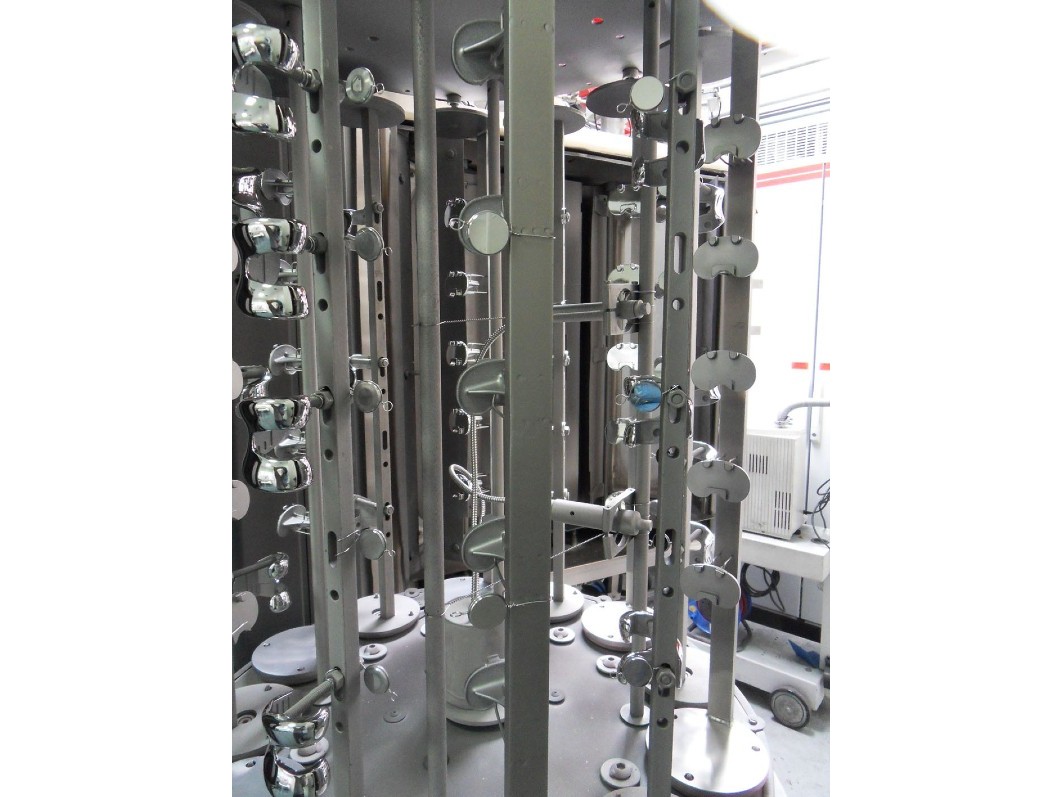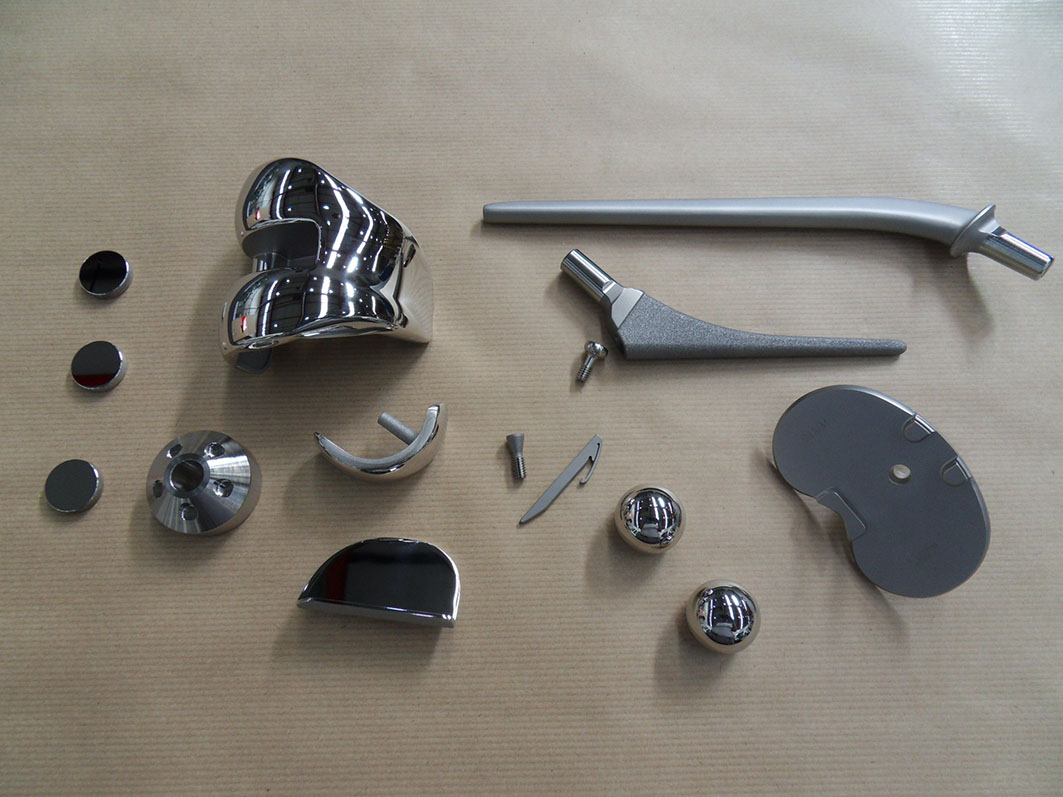Revolutionary Novel Nanostructured HIPIMS Coatings for Orthopaedic Implant Applications.




Human joints are bearings and as such joint replacements must be manufactured from materials that display good biocompatibility and enhanced tribological properties in order to ensure long-term clinical performance. The most widely used bulk metallic materials for implant components are CoCrMo alloys and surface-treated Ti-6Al-4V alloys however, these materials present certain limitations themselves. Therefore, various types of PVD coatings including TiN, CrN, ZrN, CrCN, and DLC have been investigated and some of them commercially exploited. Despite the multitude of coatings available, a persistent concern has been the adhesion to the substrate as coating delamination during service in the human body is not acceptable.
The National HIPIMS Technology Centre at Sheffield Hallam University has provided a reliable solution to these problems by developing novel Superlattice-structured CrN/NbN HIPIMS deposited coatings for orthopaedic implant applications [1, 2].
Exceptionally high coating adhesion has been achieved by the application of the unique HIPIMS plasma etching process patented by the Centre [3]. A highly ionised metal flux is used to bombard the implant surfaces prior to coating deposition which leads to complete removal of surface impurities and metal ion implantation resulting in local epitaxial growth of the subsequently deposited coating and therefore enhanced coating substrate adhesion.
Rotating beam fatigue testing in accordance with ASTM F1160 (2014) performed upon CrN/NbN-coated and bare ASTM F75 alloy, showed a significant increase in fatigue strength from 349 ± 59 MPa (uncoated) to 539 ± 59 MPa (coated) (t-test P < 0.001). This very encouraging positive result is achieved for the first time by a PVD process
The coated implants exceeded the expected load requirements and those stipulated in ASTM F1800, demonstrating the suitability of the CrN/NbN coating for use in orthopaedic load-bearing applications. This improvement in fatigue life may provide an additional benefit by allowing the development of thinner-sectioned more bone-conserving designs for orthopaedic components.
The behaviour of CrN/NbN coated implants has been vigorously evaluated in biological test environments. Metal ion release studies over a 28-day period at physiological and elevated temperatures showed a reduction in the release of Co, Cr and Mo ions to undetectable levels.
In vitro biological testing has been performed in line with the requirements of ISO 10993 in order to assess the safety of the coating in biological environments; cytotoxicity, genotoxicity and sensitisation testing have been performed, all showing no adverse effects. The safety of the coating in biological environments was confirmed through in vivo biological testing in sheep.
The HIPIMS technology for production of nanoscale multilayer structured coatings for joint replacement developed at the National HIPIMS Technology Centre - UK has been transferred to Zimmer Biomet for exploitation and, after successful upscaling, transferred to Ionbond UK for industrial scale production.
1. P. Eh. Hovsepian, A. P. Ehiasarian, Y. Purandare, A. Sugumaran, T. Marriott, I. Khan. Development of superlattice CrN/NbN coatings for joint replacements deposited by high power impulse magnetron sputtering. J. Materials Science: Materials in Medicine, (2016) 27:147. DOI 10.1007/s10856-016-5751
2. P. Eh. Hovsepian, A.P. Ehiasarian. Six strategies to produce application tailored nanoscale multilayer structured PVD coatings by conventional and High Power Impulse Magnetron Sputtering (HIPIMS). Thin Solid Films, Volume 688, 31 October 2019, 137409. https://doi.org/10.1016/j.tsf.2019.137409.
3. A. P. Ehiasarian, P. Eh. Hovsepian, Münz, Wolf-Dieter, “A Combined Process Comprising Magnetic Field-Assisted, High-Power, Pulsed Cathode Sputtering and an Unbalanced Magnetron”. Granted: US 10718435, 2005, EP 1 260 603 A2, DE 10124749, 21.05. 2001.
